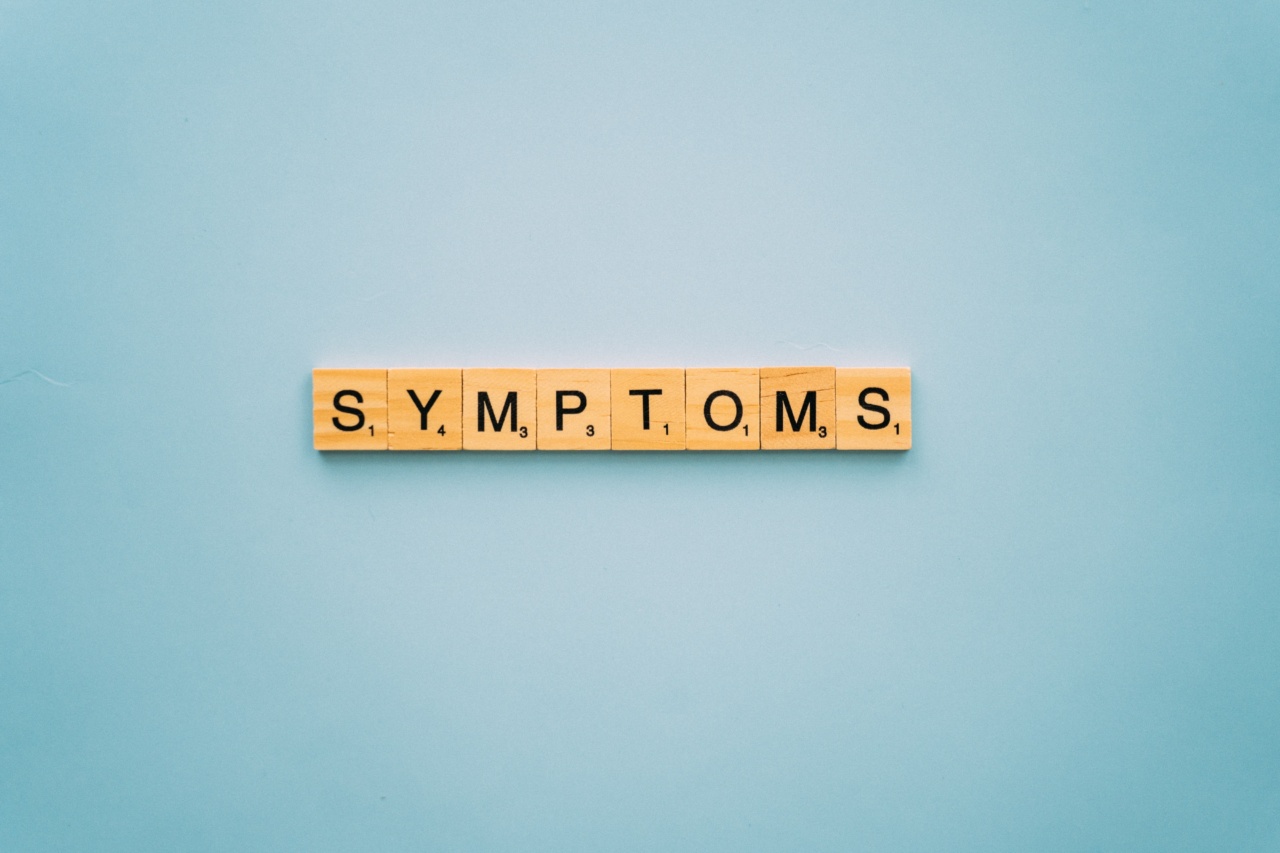Infectious mononucleosis, often referred to as mono or glandular fever, is a common viral infection that primarily affects young adults. It is caused by the Epstein-Barr virus (EBV), a member of the herpesvirus family.
Mono is typically spread through saliva and close contact with infected individuals. Let’s explore the signs and symptoms associated with this infectious disease.
1. Extreme Fatigue
One of the most prominent symptoms of infectious mononucleosis is extreme fatigue. Patients often experience a deep and persistent tiredness that can last for weeks, making it difficult for them to carry out their daily activities.
This fatigue is different from normal tiredness and can be quite debilitating.
2. Sore Throat
A sore throat is another common symptom of mono. It may start as a mild discomfort but can quickly progress to a severe, painful throat. The throat may appear red and swollen, and swallowing can become challenging.
This symptom is often mistaken for strep throat, but it can persist for a more extended period.
3. Swollen Lymph Nodes
Enlarged lymph nodes, particularly those in the neck and armpits, are a typical sign of infectious mononucleosis. These swollen lymph nodes can be tender to the touch and may feel like small, bean-sized bumps under the skin.
The lymph nodes usually return to their normal size as the infection resolves.
4. Fever and Chills
Fever is a common symptom of infectious mononucleosis. Patients may experience an elevated body temperature, accompanied by chills and sweating. The fever can range from mild to high grade and may last for several days.
It is an indication that the body is actively fighting off the viral infection.
5. Headaches
Headaches are often reported by individuals suffering from mono. These headaches may vary in intensity and can be accompanied by a feeling of pressure or tightness in the head.
Over-the-counter pain relief medication and rest can help alleviate these symptoms.
6. Weakness and Muscle Aches
Patients with infectious mononucleosis often experience overall weakness and muscle aches. These symptoms can make even simple physical activities challenging.
The muscle aches tend to be generalized and can affect multiple muscle groups throughout the body.
7. Loss of Appetite
A decreased appetite is a common occurrence in individuals with mono. Patients may find that their taste buds are altered, making certain foods less appealing or unappetizing.
Maintaining proper hydration and consuming small, frequent meals can help counteract this symptom.
8. Skin Rash
While not as common as other symptoms, some individuals with infectious mononucleosis may develop a skin rash. The rash is usually non-specific and can manifest as small, red spots or as larger patches.
It is important to note that not everyone with mono will experience this symptom.
9. Enlarged Spleen
In some cases, the spleen may become enlarged due to infectious mononucleosis. This can cause discomfort or pain in the upper left side of the abdomen.
It is crucial to avoid strenuous physical activity or contact sports during this time, as the spleen is more vulnerable to injury.
10. Jaundice
Jaundice, although rare, can occur in individuals with infectious mononucleosis. It is characterized by a yellowing of the skin and eyes and is a result of liver involvement.
If jaundice is present, medical attention should be sought to monitor liver function and ensure proper management.
Conclusion
Infectious mononucleosis, caused by the Epstein-Barr virus, presents with a range of signs and symptoms that vary in severity from person to person.
While some individuals may experience only a few mild symptoms, others can be significantly affected, experiencing extreme fatigue, sore throat, swollen lymph nodes, fever, headaches, muscle aches, loss of appetite, skin rash, enlarged spleen, or even jaundice. It is essential to seek medical attention if any of these symptoms persist or worsen, as proper management will contribute to a more comfortable and quicker recovery.





























